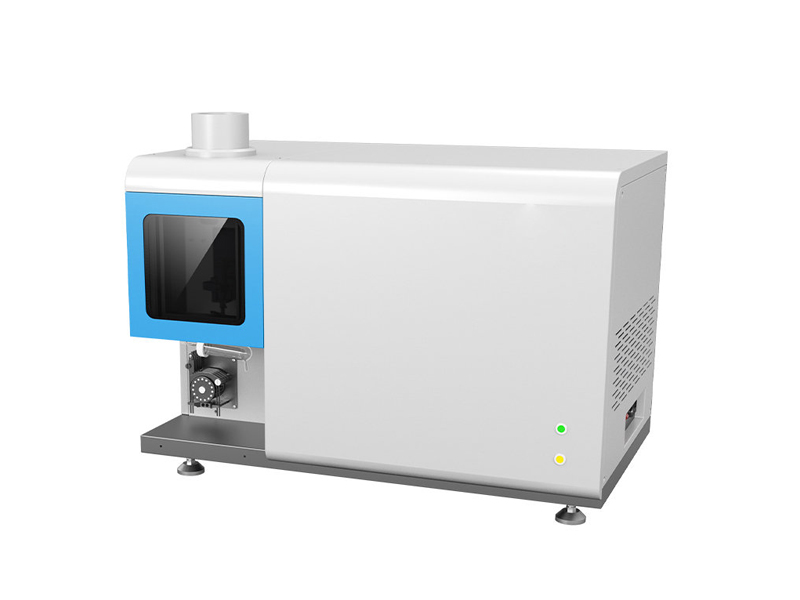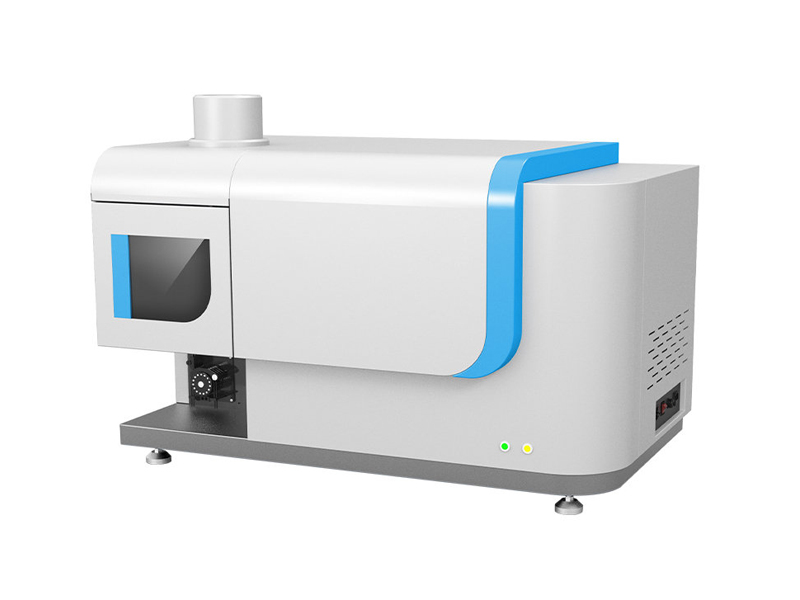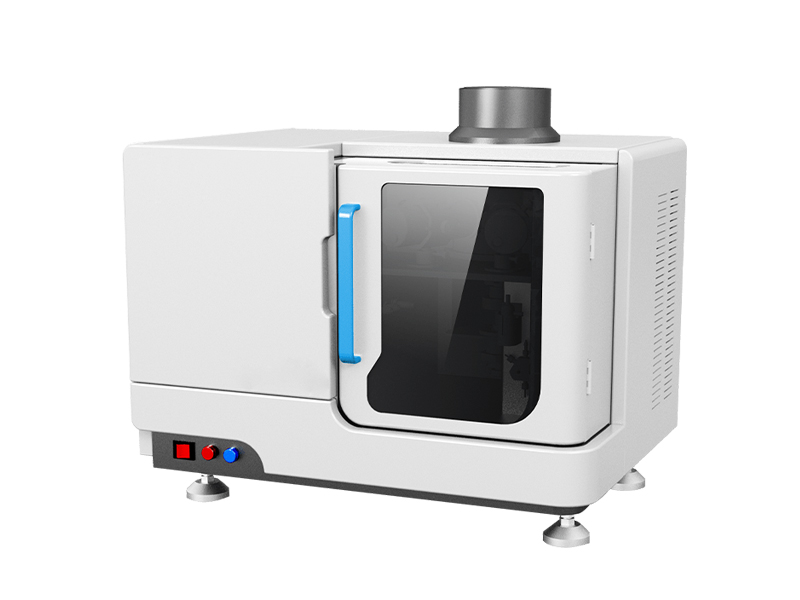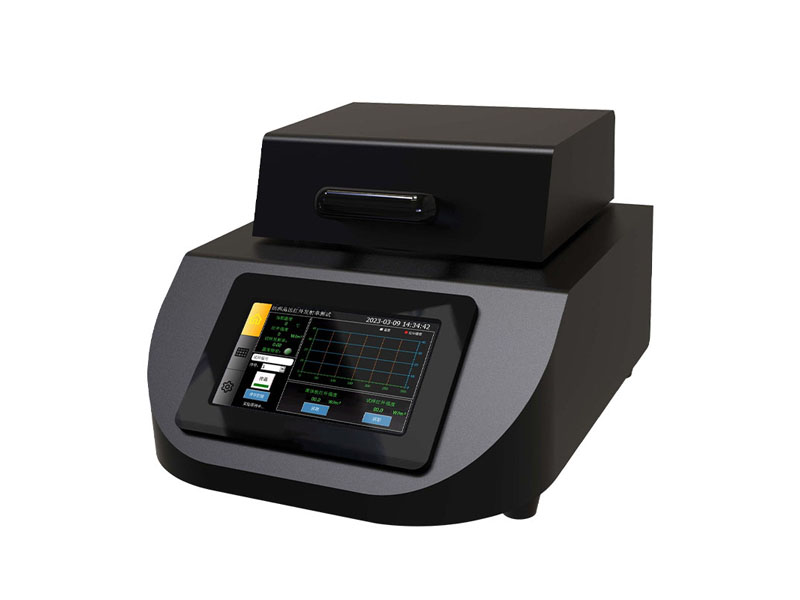In the field of contemporary analytical science, accurate and rapid determination of material composition is the cornerstone of scientific exploration, industrial quality control, environmental monitoring, and even life science research. Among various elemental analysis techniques, ICP spectrometer (inductively coupled plasma emission spectrometer) has become one of the core equipment in laboratories due to its unique technical advantages.
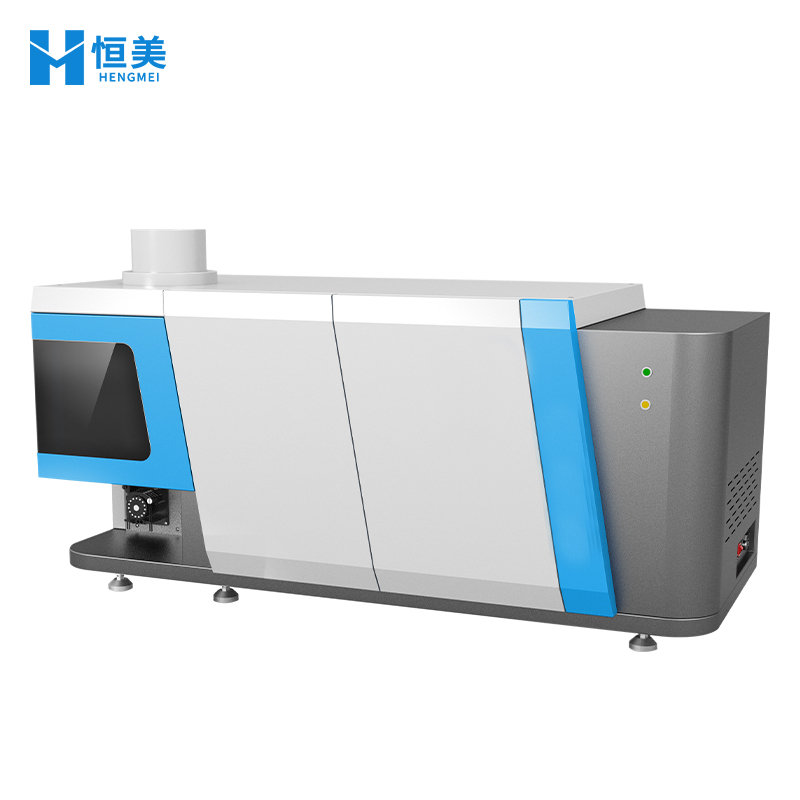
The Importance of ICP Spectrometer
Elements are the fundamental units that make up the material world, and their types and contents directly determine the properties of materials, product quality, environmental conditions, and even the safety of food and drugs. Traditional chemical analysis methods are cumbersome, time-consuming, and susceptible to interference. The emergence of ICP spectrometers has revolutionized the rapid, synchronous, and accurate analysis of multiple elements. It is like a pair of sharp "elemental eyes" that can perceive the subtle content of up to 70 elements in a sample at once. Its detection limit can reach the level of parts per billion (ppb), and the linear range is wide up to 5-6 orders of magnitude. Whether it is precise control of rare earth purification, quality identification of metal materials, or monitoring of trace heavy metals in environmental water samples, ICP spectrometers provide reliable data support and are key tools for ensuring technological innovation and industrial progress.
Core technical principles
Understanding the principle of ICP spectrometer is a prerequisite for its effective use. The core process can be simplified into three steps:
1. Sample introduction and atomization: The liquid sample is stably transported by an efficient peristaltic pump and transformed into a fine aerosol through an atomizer.
2. Plasma excitation: Aerosols are introduced into a plasma torch at temperatures up to 6000-10000K using a carrier gas (argon). In this high-temperature environment, the atoms of each element in the sample are fully evaporated, atomized, and excited to high energy states.
3. Spectral detection and analysis: When atoms/ions in an excited state transition back to the ground state, they release characteristic spectra with specific wavelengths. The instrument disperses the composite light into monochromatic light through a high-resolution grating splitting system (such as the 4320 engraved line grating used by Hengmei Technology, with a resolution of 0.005nm), and captures it by a high-sensitivity photomultiplier tube (PMT) detector. Qualitatively analyze the wavelength of characteristic spectral lines and quantitatively measure their intensity.
This process is based on the stable operation and automatic matching technology of solid-state RF power supply (27.12MHz), ensuring the extreme stability of the plasma torch and laying a solid foundation for the accuracy of data.
3、 Significant technological advantages
Compared to other atomic spectroscopy techniques such as AAS, the advantages of modern ICP spectrometers are mainly reflected in the following aspects:
Multi element simultaneous analysis: With one injection, dozens of elements can be determined within minutes, resulting in extremely high analysis efficiency.
• Extremely low detection limit: For the vast majority of elements, the detection limit is as low as ppb, meeting the requirements of trace and ultra trace analysis.
Wide linear dynamic range: up to 5-6 orders of magnitude, high and low content elements can be measured at the same time without dilution or curve replacement, simplifying operations.
Low chemical interference and high accuracy: High temperature plasma environment can effectively overcome chemical interference caused by molecular compounds, resulting in more reliable results.
Automation and Intelligence: From fully automatic ignition and peristaltic pump injection to automatic optimization of observation positions, modern instruments greatly reduce operational difficulty and human errors.
Taking Hengmei Technology's ICP spectrometer as an example, it integrates a high-precision constant temperature system (temperature control accuracy ± 0.1 ℃) and a two-dimensional mobile observation platform, ensuring long-term stability of the optical path and automatic optimization to the optimal sensitivity position. These are specific technical guarantees for achieving excellent performance.
Article address:https://www.spectrometer.top/news/44.html


 Current
location:
Current
location: